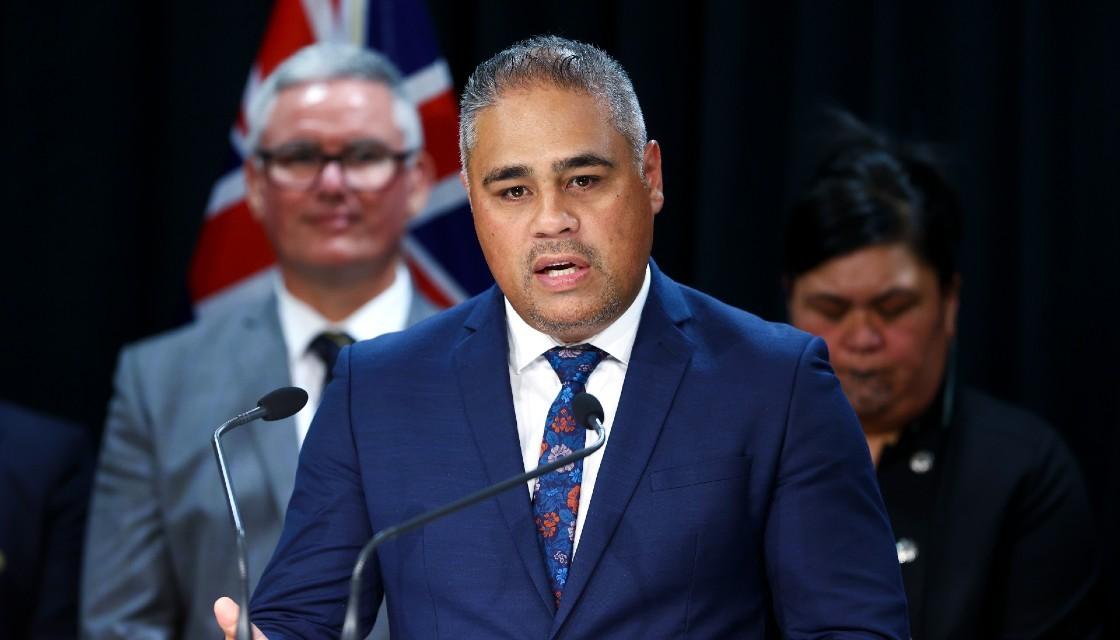A peace lobby group has condemned the Government's plan to spend NZ$20 billion on defence out to 2030 now that it's been revealed global military spending has topped US$2 trillion.
The Stockholm International Peace Research Institute (SIPRI) revealed this week that the United States, China, India, the United Kingdom and Russia were the top five defence spenders in 2021, together accounting for 62 percent of global expenditure.
While New Zealand did not feature in the SIPRI table ranking the highest increases in military spending around the world in 2021 as it did in 2020 (when it ranked number 13), Peace Movement Aotearoa says that is only because other states increased their spending by more.
"The spectre of an additional NZ$20 billion to be spent over the next decade on increased combat capability, warships and military aircraft continues to threaten the possibility of substantive action on human health and wellbeing, and climate justice," the New Zealand peace lobby group said in a statement.
"The ongoing prioritising of military spending - whether here in Aotearoa or around the world - is a reflection of a dominant violent ideology that focuses on outdated narrow military security concepts, rather than real human security that meets the needs of all, and it continues to harm the future of humanity and the planet.
"It is truly shameful that military spending continues to rise in the midst of a global pandemic and rapidly worsening climate catastrophe. A transition from combat-ready armed forces to civilian agencies that meet the needs of all peoples and the planet is long overdue."
The $20 billion spend-up Peace Movement Aotearoa referred to was included in the previous Labour-NZ First Government's Defence Capability Plan 2019. It set out the planned investments in the New Zealand Defence Force out to 2030.
"This plan maintains the envelope of $20 billion of investment in the Defence Force out to 2030, with $5.8 billion having already been committed since 2014," then-Defence Minister Ron Mark said at the time.
It included a plan to grow the New Zealand Army to 6000 personnel by 2035 and increase defence intelligence personnel and cyber security and support capabilities. Also included in the plan was a commitment to continue frigate upgrades and replace aircraft.
The planned military expenditure pushed New Zealand's spending on defence as a proportion of gross domestic product (GDP) to 1.5 percent. Between 2013 and 2016, military expenditure was at a low point, remaining just above 1 percent.

Defence Minister Peeni Henare took over from Ron Mark in late 2020 after New Zealand First did not make it back into Parliament following the election. Henare was the first Labour Defence Minister since Phil Goff in 2008.
Due to the COVID-19 pandemic, Henare indicated last year that the $20 billion spend-up on defence would need to be scaled down a bit.
"Right now, I can't say that parts of the [plan] under my predecessor will be scrapped, but a redraft will look towards aligning with our priorities under this Government," Henare told RNZ.
Henare told Newshub the Labour Government is making investments in the Defence Force that are "necessary to enable them to continue operating effectively across the full range of their requirements", including the role they have in responding to the impacts of climate change.
"Since coming to office, this Government has committed approximately $4.5 billion to 12 major defence capability projects, including the purchase of four P-8A Poseidon aircraft and associated infrastructure, and the replacement of the C-130H with five C-130J-30 Hercules," Henare said.
"This investment is important in ensuring that the Defence Force has capacity and capability to respond to security challenges such as climate change, including by undertaking humanitarian assistance, search and rescue, and disaster relief operations."
The P-8A has been designed and purpose-built to patrol maritime environments and monitor vessels on and below the surface. This includes search and rescue of New Zealand's coastline, throughout the Pacific and south to Antarctica, and disaster response in New Zealand and the Pacific.
"In regards to the overall level of New Zealand's defence spending and investment, this Government has already made significant investments in our defence capabilities, increasing defence expenditure each year since taking office," Henare said.
"Future spending and any related decisions are for Budget consideration."
With Russia's invasion of Ukraine and China's controversial security deal with the Solomon Islands, Prime Minister Jacinda Ardern in her Anzac Day speech at the weekend highlighted the importance of defending New Zealand's values.
"New Zealand has a fiercely independent foreign policy, but that has never ever meant that we sit on the side-lines. It means that when we see injustice, and a threat to the peace and stability we all long for, we act," Ardern said at the Mt Albert Anzac Day Service.
"The invasion of Ukraine is a senseless act of war, one that is taking the lives of innocent people. It is a threat to the international laws that a nation like ours relies on - but it is also a threat to our sense of humanity. And that makes it a threat to all of us.
"And that is why, once again as conflict rages on the other side of the world, New Zealand is present. Our Hercules is carrying aid and equipment, our people are providing their skills and expertise, our helmets and body armour are protecting their defence force and our aid is caring for those who need it most."



